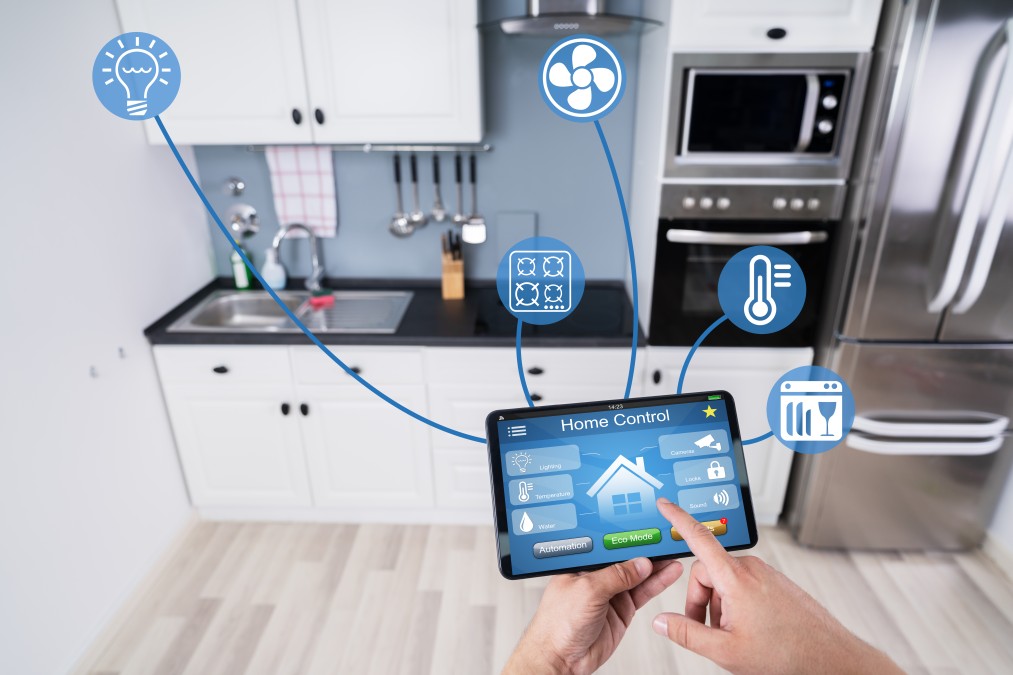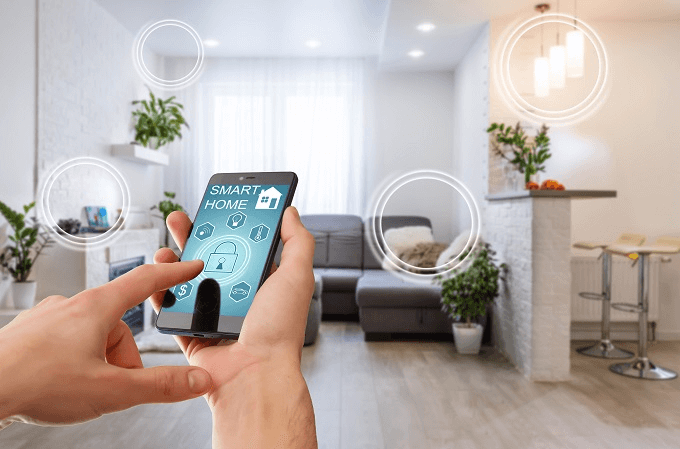In today's world, the concept of a 'smart home' is increasingly appealing, offering convenience, efficiency, and enhanced control over our living environments. However, the integration of technology into our homes also opens the door to potential cybersecurity threats. As homeowners and business owners alike embrace the smart home revolution, understanding the signs your smart home is hacked becomes crucial for maintaining security and privacy. In this article, we will explore key indicators that your smart home may have been compromised and provide actionable insights to protect your space.

Unusual Network Activity
Unusual network activity is often the first sign that something is amiss in your smart home. If you notice a significant increase in data usage or unexpected spikes in network traffic, it may indicate unauthorized access to your devices. To monitor this, regularly check your router's admin page or use network monitoring tools to identify any suspicious activities. Familiarize yourself with the normal data consumption patterns of your devices to easily spot anomalies.
Strange Device Behavior
One of the most telling signs your smart home is hacked is strange behavior from devices. This can include your smart lights flickering, the thermostat setting changing without input, or smart speakers activating unexpectedly. These irregularities might suggest that a hacker has gained control over your system. To mitigate this risk, ensure your devices are running the latest firmware and regularly update passwords to a complex and unique combination.
Increased Utility Bills
If your utility bills are unexpectedly high, it might be a sign of compromised smart home devices. Hackers can manipulate settings to increase energy consumption, leading to inflated bills. Regularly review your energy usage and compare it to previous months to detect any discrepancies. Implementing smart home energy efficiency tips can also help manage and reduce energy costs.
Unusual Account Activity
Another red flag is unusual account activity linked to your smart home systems. If you receive notifications about account logins from unknown locations or devices, it's essential to take immediate action. Change passwords, enable two-factor authentication, and review recent activity logs to secure your accounts. Learning more about two-factor authentication in smart homes can further enhance your security posture.
Prevention and Protection Strategies
Regular Software Updates
Keeping your smart home devices updated is crucial in safeguarding against hacking attempts. Manufacturers frequently release updates that patch security vulnerabilities. Make it a habit to regularly check for updates and apply them promptly. Our guide on regular updates for smart devices provides more insights into why this practice is essential.
Secure Network Configuration
Securing your network is the first line of defense against potential attacks. Use a strong, unique password for your Wi-Fi network and consider setting up a separate network for your smart devices. Enable WPA3 encryption, if available, to ensure your network is as secure as possible.
Professional Installation and Consultation
For those new to smart home technology or uncertain about their security measures, consulting with a professional can be advantageous. A professional can ensure your system is configured correctly and provide recommendations tailored to your specific setup. For more information on getting started with smart home technology, check out the smart home installation guide.
Conclusion
The convenience of smart homes comes with the responsibility of ensuring their security. Being aware of the signs your smart home is hacked is the first step in protecting your home and business from potential threats. By staying informed, maintaining regular updates, and implementing robust security measures, you can enjoy the benefits of a smart home without compromising on safety and privacy.

FAQ
How can I tell if my smart home device has been hacked?
Look for unusual device behavior, increased data usage, unexpected account activities, and higher utility bills as potential signs.
What should I do if I suspect my smart home is hacked?
Change passwords, check for software updates, review account activity, and consult with a cybersecurity expert if necessary.
Are there specific devices more vulnerable to hacking?
Devices without regular updates, weak passwords, or lacking encryption are generally more vulnerable to attacks.

